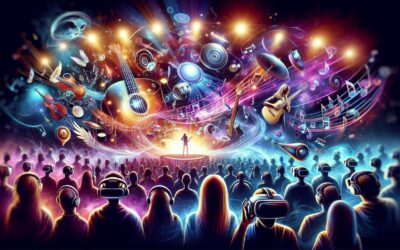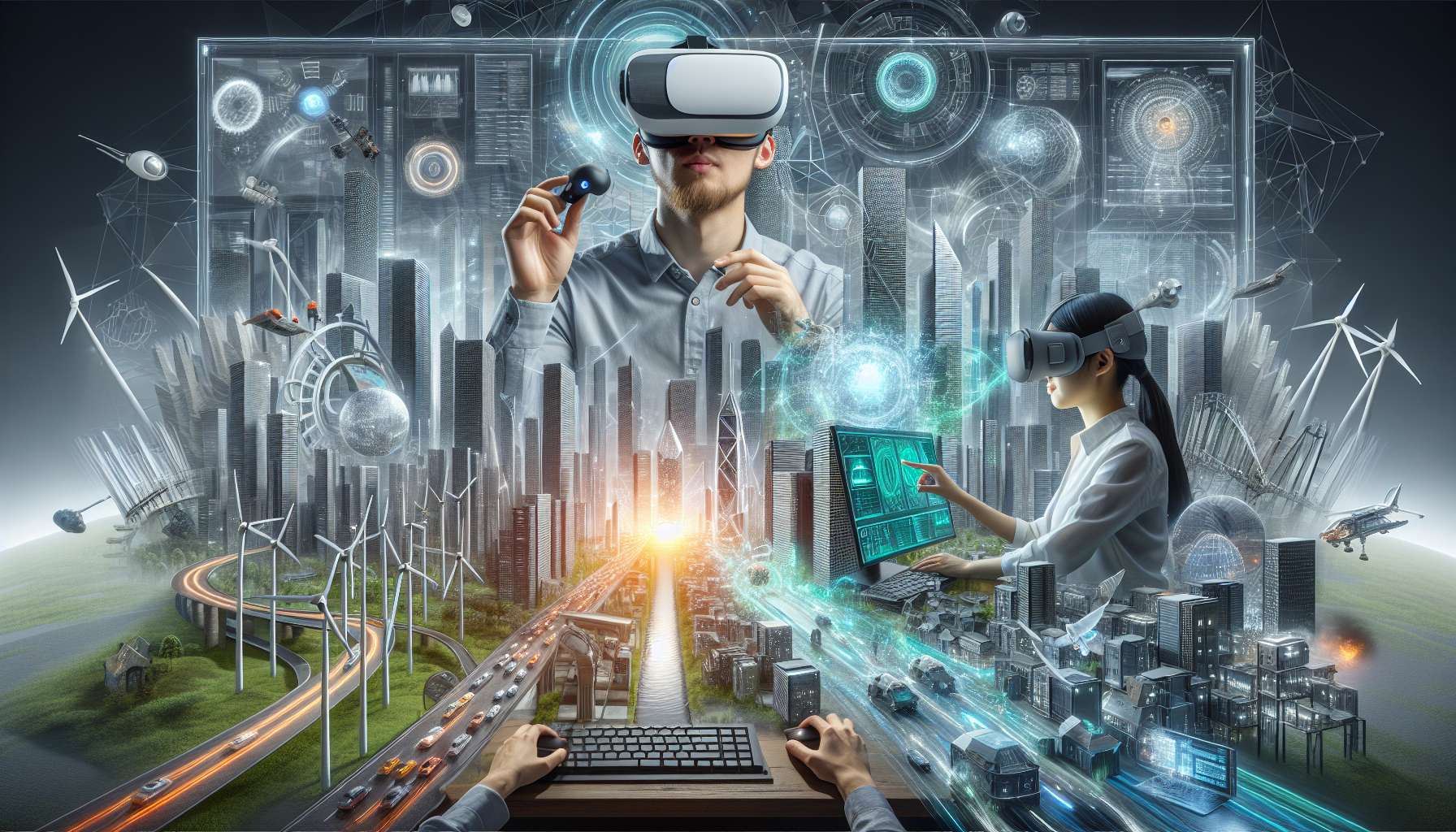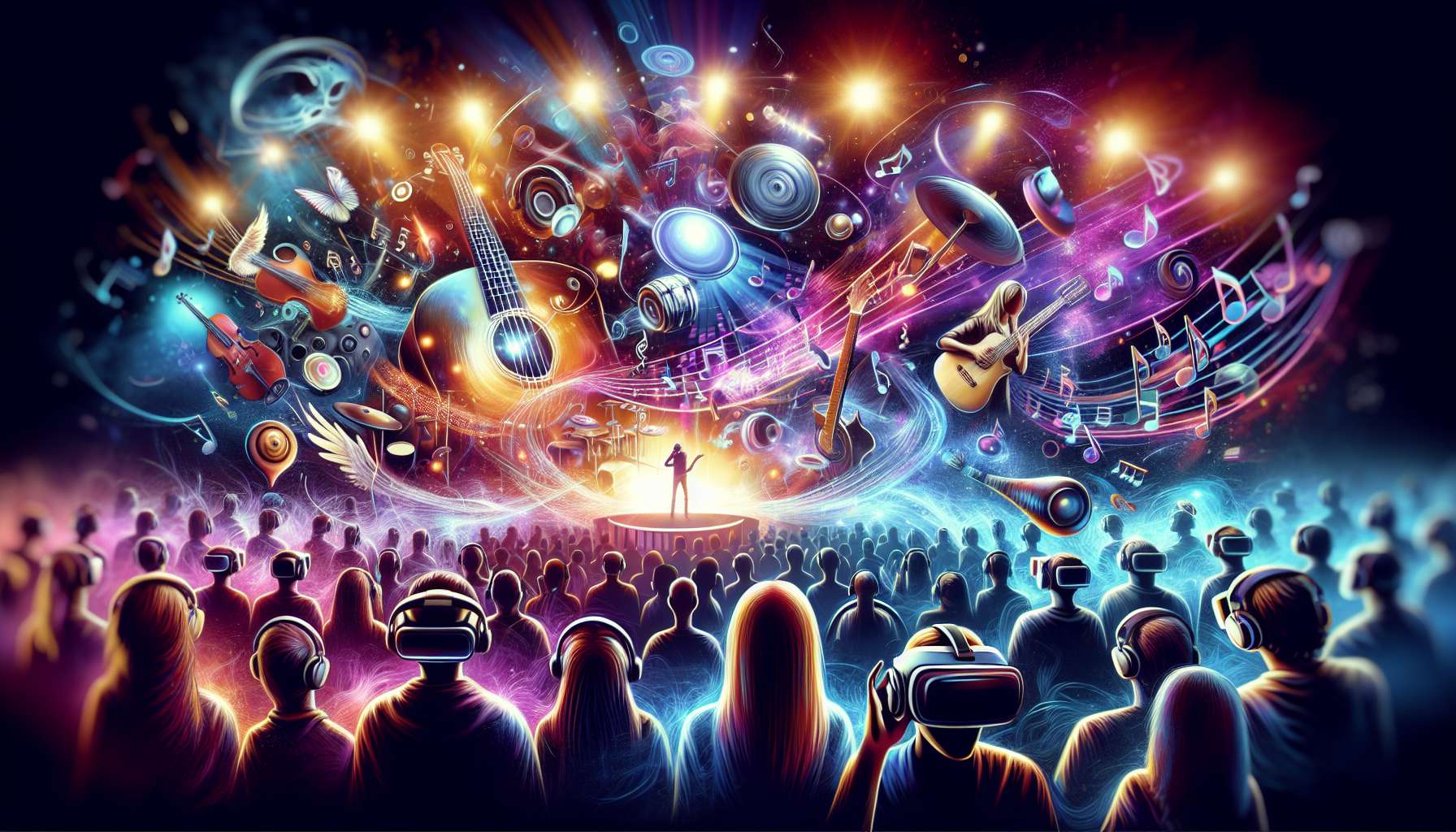Virtual reality (VR) technology has been revolutionizing various industries, and one area where its impact is particularly significant is in architecture and urban planning. The ability to create immersive, three-dimensional environments has opened up new possibilities for architects, designers, and city planners to visualize and experience their projects in ways that were previously unimaginable.
One of the key advantages of using VR in architecture and urban planning is the ability to create realistic simulations of buildings and urban spaces before they are constructed. Architects can now walk through virtual buildings, experiencing the scale, proportions, and spatial relationships in a way that traditional 2D drawings or even 3D models cannot replicate. This not only helps in identifying design flaws early on but also allows for better communication and collaboration among stakeholders.
Moreover, VR enables architects and urban planners to test different design options quickly and efficiently. By immersing themselves in virtual environments, they can assess the impact of design decisions on factors such as natural light, ventilation, and accessibility. This iterative design process not only leads to better-designed buildings and spaces but also helps in optimizing construction costs and timelines.
In urban planning, VR is being used to create interactive models of entire cities, allowing planners to visualize the impact of new developments on the existing urban fabric. By overlaying data such as population density, traffic patterns, and environmental conditions onto these virtual models, planners can make more informed decisions about zoning, infrastructure development, and public spaces.
Furthermore, VR technology is also being used to engage the public in the urban planning process. By creating virtual walkthroughs of proposed developments and allowing residents to experience and provide feedback on these projects, planners can ensure that the needs and preferences of the community are taken into account.
In conclusion, virtual reality is transforming the way architects and urban planners design and plan the built environment. By providing immersive, interactive, and collaborative tools, VR is enabling professionals to create more sustainable, efficient, and user-centric buildings and cities. As the technology continues to evolve, we can expect to see even more innovative applications of VR in architecture and urban planning, shaping the future of our built environment.








